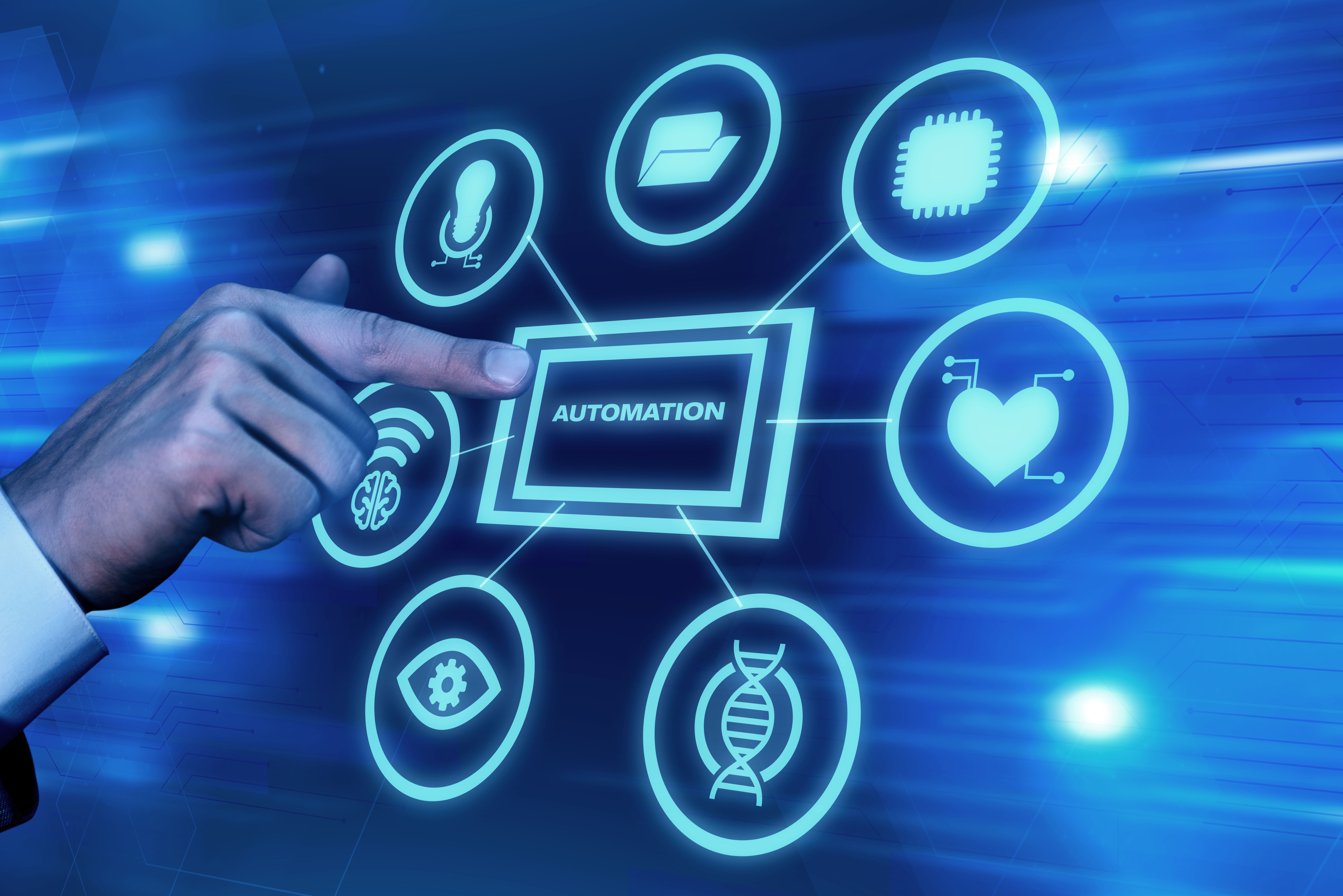Share this link via
Top AI Tools and Technologies
Top AI Tools and Technologies Every Developer Should Know
Artificial Intelligence (AI) is revolutionizing software development, enabling developers to build smarter applications, automate workflows, and enhance user experiences. In 2025, AI tools are more powerful than ever, integrating seamlessly into various development environments. Whether you’re a seasoned developer or a beginner, understanding the best AI tools can give you a competitive edge.
1. AI-Powered Code Assistants
GitHub Copilot
GitHub Copilot, powered by OpenAI’s Codex, is an AI pair programmer that helps developers write code faster by suggesting entire lines or blocks of code as they type. It supports multiple programming languages and integrates directly into popular code editors like Visual Studio Code. Its context-aware suggestions make it invaluable for debugging and learning new languages.
Tabnine
Tabnine offers context-aware code suggestions and supports over 20 languages. It improves code quality by predicting your next lines of code, reducing redundancy, and helping you follow best practices.
Codeium
Codeium is an emerging AI assistant that provides intelligent code completion, error detection, and refactoring suggestions, enhancing productivity in large-scale projects.
ChatGPT
ChatGPT, developed by OpenAI, is an advanced AI language model that assists developers beyond code completion. It can generate code snippets, debug complex code, explain programming concepts, and even help with writing technical documentation. Integrated into development environments or used as a standalone tool, ChatGPT enhances developer productivity by offering real-time assistance, brainstorming solutions, and automating repetitive tasks.
2. AI for Machine Learning Development
TensorFlow
TensorFlow is essential for building deep learning models, offering pre-built functions for neural networks, image classification, and more. Its TensorFlow Lite version allows for mobile deployment, while TensorFlow.js supports web-based machine learning applications.
PyTorch
PyTorch’s dynamic computation graph, ease of debugging, and extensive libraries make it the go-to framework for researchers. It supports seamless integration with cloud services, making it easy to deploy and scale models.
Keras
Keras, built on top of TensorFlow, provides a user-friendly API for deep learning, making it accessible to beginners and ideal for rapid prototyping.
3. AI-Based Testing Tools
Applitools
Applitools automates visual testing with AI-powered image comparison, ensuring pixel-perfect designs across platforms. It integrates with popular CI/CD pipelines for continuous testing.
Testim
Testim provides AI-driven testing that adapts to UI changes, reducing maintenance efforts. It generates comprehensive reports, making it easier to identify and fix issues early.
Mabl
Mabl uses machine learning to automate end-to-end testing, providing insights into application performance and user experience across different environments.
4. AI for Natural Language Processing
Hugging Face Transformers
Hugging Face offers pre-trained models like BERT, GPT, and more, enabling developers to implement NLP tasks such as chatbots, summarization, and translation with minimal code.
spaCy
spaCy is optimized for performance and is used for entity recognition, dependency parsing, and more. Its built-in pipelines make it easy to deploy NLP models in production.
OpenAI API
OpenAI’s API provides access to advanced language models like GPT-4, enabling developers to integrate sophisticated language understanding, generation, and conversational AI into their applications.
5. AI Deployment and Monitoring Tools
MLflow
MLflow simplifies managing machine learning models, from experimentation to deployment. Its model registry ensures version control, making it ideal for collaborative projects.
Weights & Biases
Weights & Biases offers extensive experiment tracking, hyperparameter tuning, and model visualization. Its seamless integration with frameworks like TensorFlow and PyTorch makes it a favorite among developers.
Seldon
Seldon provides scalable deployment solutions for machine learning models, ensuring reliable and efficient inference serving in production environments.
Additional AI Tools to Explore
H2O.ai
H2O.ai offers scalable machine learning tools, including AutoML for automated model building and deployment, making it ideal for enterprises and data scientists alike.
DeepCode
DeepCode provides AI-powered static code analysis, identifying potential vulnerabilities, code smells, and performance issues with high accuracy.
DataRobot
DataRobot automates the end-to-end process of building, deploying, and maintaining AI models, offering pre-built templates and comprehensive dashboards.
Benefits of Using AI Tools in Development
- Increased Productivity: Automate repetitive tasks, generate code snippets, and streamline workflows.
- Enhanced Code Quality: Receive intelligent suggestions, catch errors early, and maintain coding standards.
- Faster Time-to-Market: Build, test, and deploy applications quickly with automated tools.
- Scalability: Utilize AI tools for large-scale projects, ensuring performance and reliability.
- Innovation: Leverage AI for cutting-edge applications like NLP, computer vision, and automation.
Conclusion
The landscape of AI tools for developers is vast and continually evolving. Integrating these tools enhances productivity, optimizes code quality, and simplifies complex tasks. By leveraging AI, developers can build innovative applications, automate mundane tasks, and stay ahead in the competitive tech industry. Explore these tools, experiment with their capabilities, and elevate your development journey in 2025!
Total Views
© Copyright 2017 - 2025 All Rights Reserved Designed By : Creative Digital Infotech


















